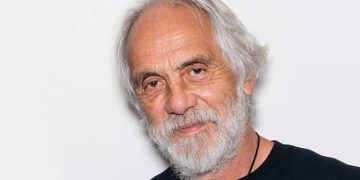Akira Toriyama is one of the best mangaka out there. He is known for his extremely popular manga/anime, Dr. Slump, and the legendary Dragon Ball franchise. He has not only inspired millions of people but is also the reason why we have One Piece by Eiichiro Oda & Naruto by Masashi Kishimoto.
Both these great mangakas have talked about how Toriyama’s Dragon Ball and Dr. Slump have made them think about being a mangaka. Dragon Ball is that one series that we used to watch when we didn’t even know the term “Anime.”
No one would have ever thought we would see Goku picking up dragon balls with Bulma to fighting literally gods. We know almost everything about Dragon Ball, and in the article, we will be taking a look at how it was made and what challenges Toriyama faced while working on Dragon Ball.
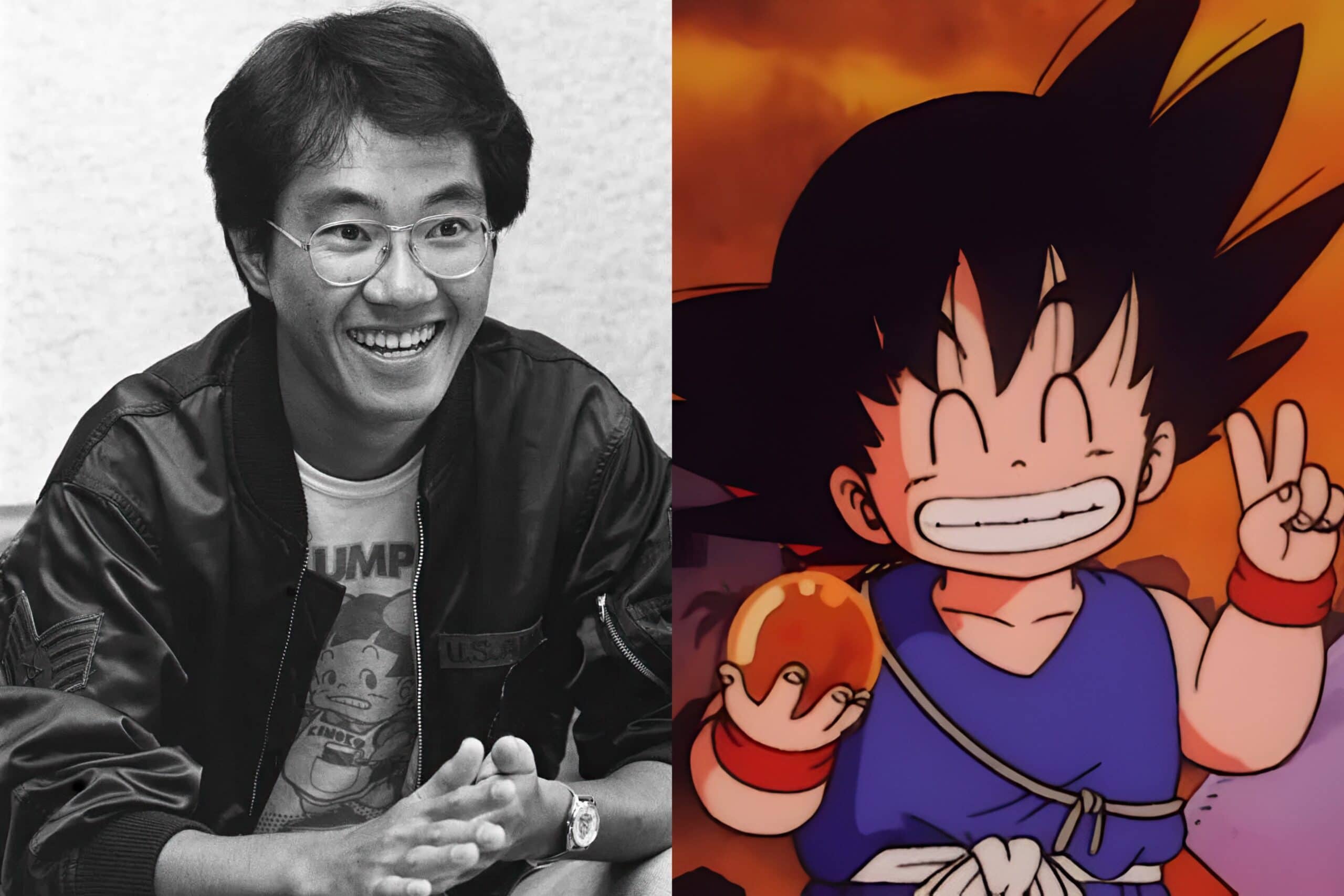
The Story of Akira Toriyama
The story begins on April 5, 1955, when a legend named Akira Toriyama was born in a small village in Nagoya town, Aichi prefecture of Japan. Ever since a very young age, Toriyama had interest a deep interest in drawing. He loved to draw animals and his favorite manga character, Astro Boy.
Being born in a small village, Toriyama didn’t have any source of entertainment, so the only way to pass the was by drawing. He even won many local art studios at a very young age.
Speaking of entertainment, by the time Toriyama was 10, he loved watching anime (Astro Boy) and Disney movies (One Hundred and One Dalmatians). Of course, Martial arts movies like Enter the Dragon and drunken master influenced his inner artist as well.

In the mid-70s, at around the age of 21, Toriyama knew he wanted to become a manga artist. He stated that he admired the anime Astro Boy and the movie One Hundred and One Dalmatians.
With his passion for art, Toriyama got a job in an advertising agency in Nagoya. After three years of high labor work and a low-paying job, he decided to quit the job. However, Toriyama knew that he needed a job to survive in this harsh world.
Toriyama’s first step to becoming a Mangaka
One day, at the age of 23, Toriyama noticed a poster for an amateur contest in Kodansha’s Weekly Shōnen Magazine contest. After seeing the prize money for the contest, he quickly decided to participate in it.
His career kickstarted in 1978 when he submitted his first manga for a Shonen Jump prize contest named Awawa World. However, a young manga editor named Kazuhio Torishima saw his work and wrote him an encouragement letter to continue drawing manga.
The following year, Toriyama tried his luck again with Mysterious Rain Jack for the monthly jump award, but again, he didn’t succeed with it. Toriyama tried his luck again with Mysterious Ranger Jack in 1978 for the monthly Young Jump award, but he took another failure.

However, he had to use these two failures as learning experiences, and with help from Katsuhiko, who later became his editor, Toriyama was finally able to come up with Wonder Island as his debut manga in Shonen Jump Magazine in 1978.
He published Wonder Island Zoo in 1978. He then followed up with Today’s Highlight Island and Tomato Girl Detective in the following year in 1979. Unfortunately, none of these yield any good results. All of these one-shot has provided a valuable learning experience for Toriyama, and he has built a strong foundation of storytelling and comedy for his next work.
Akira Toriyama had enough of the countless setbacks he took since he started his career in 19. He spent countless hours honing his craft for an industry that has yet to give him any opportunity or chance for the last four years.
The year is 1984 years. After his initial start in the manga career, Akira Toriyama finally got his chance to serialize with Dr. Slump. The series has been extremely well-received since day one. It debuted as the number two place in the magazine’s reader popularity vote.
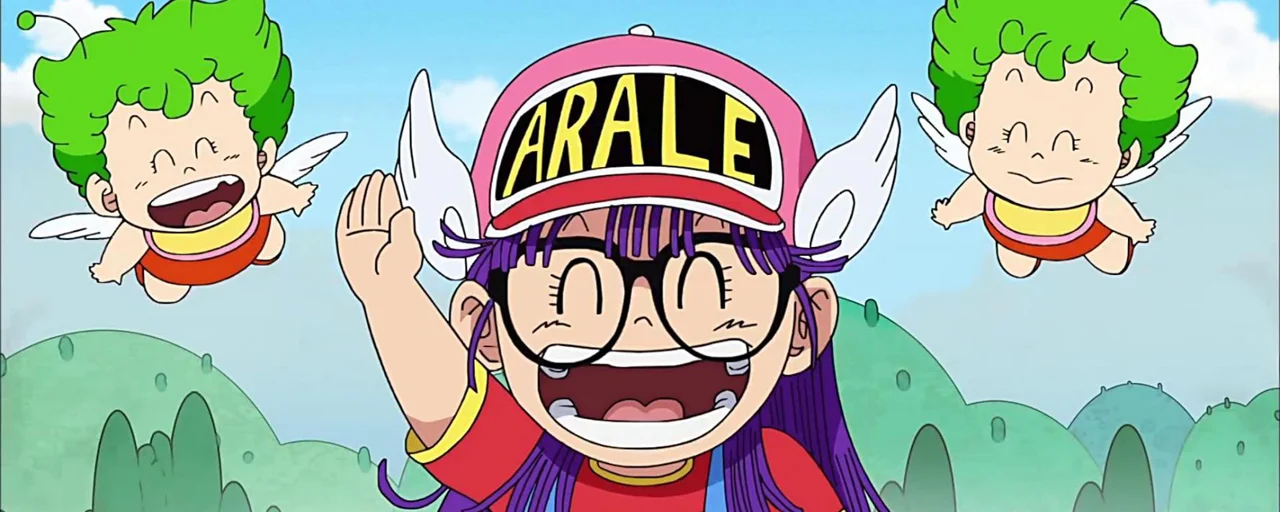
Toriyama Marriage
In 1982, Toriyama married the love of his life, a fellow female mangaka under the pen name Nachi Mikami. She often helped Toriyama when he struggled to meet the seven-day deadline. And later that year, in 1983, Toriyama formed a Burst Studio.
The popularity of Dr. Slump reached a whole new level when the anime aired from 1981 to 1985. It was so popular that Toei Animation was later remastered in 1997.
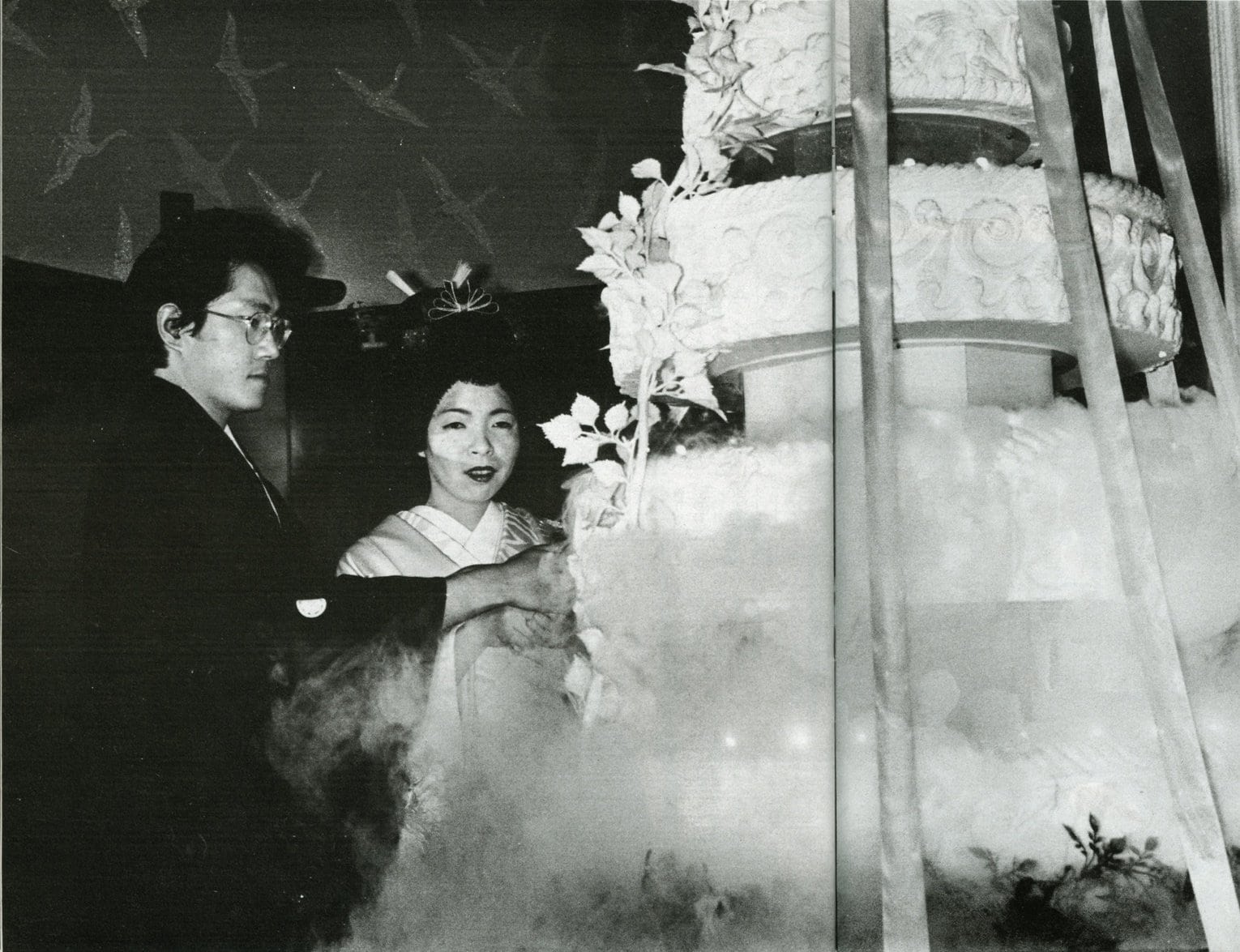
By 1984, Toriyama wanted to place a full stop to the series, but he was faced with much opposition from the Shonen Jump magazine as they wanted to keep the popular series going.
In the end, Toriyama managed to persuade them to allow him to end the show in 1984, but that came with a price under the condition that Toriyama create the next big head within three months, and that is extremely difficult for any mangaka do that considering the achievement of Dr. Slump.
Some Unpopular Mangas Made by Akira Toriyama
While Toriyama was working on Dr. Slump, he also worked on some one-shot mangas like Today’s highlight island, tomato the Cutesy Gumshoe, Pola & Roid, Escape, Chobit, and Dragon Boy, The Adventure of Tank Boy, and Akira Toriyama’s Manga Theater.
Out these one-shots. Pola & Roid manga helped Toriyama win one of the manga contests. It was a big thing for Toriyama since he was in desperate need of money.
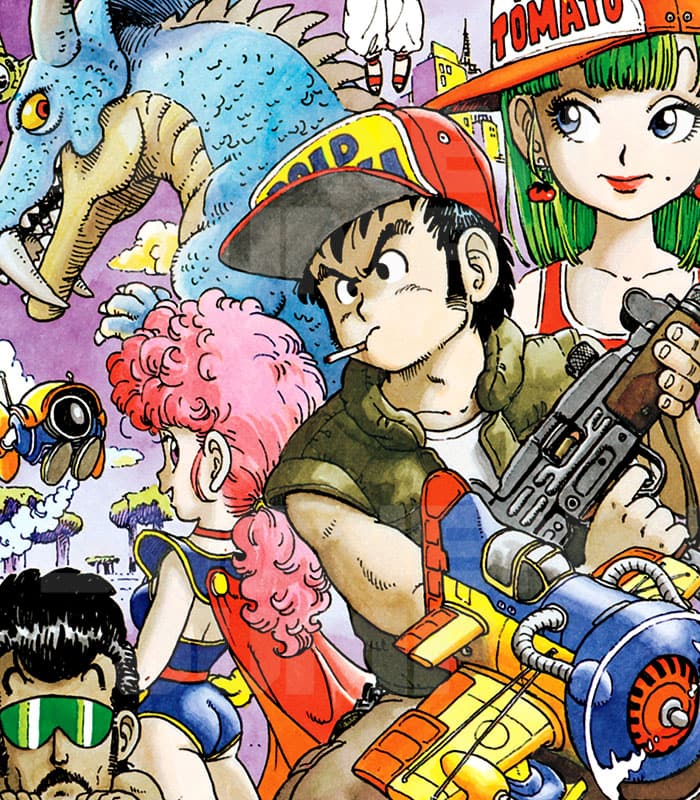
The birth of Dragon Ball
After four years of struggle, Akira Toriyama came up with the iconic manga that forever seals his place in history—making him the Godfather of Shonen manga. After three months of finishing Dr. Slump, Akira Toriyama came up with an absolute masterpiece.
He begins the journey of Dragon Ball on the 3rd of December 1984. This is a historical moment in manga history. It is the birth of the modern Shonen action.
Coming back to the Shonen Jump magazine after three months of hiatus is not an easy feat. The manga industry changes on a weekly basis, and Shonen Jump is in the middle of the stone. So, it was difficult for Toriyama to climb back to the top position.
Dragon Ball
The main protagonist of Dragon Ball, Son Goku, is inspired by The Monkey King from the classic Chinese novel Journey to the West.
In the early stage of Dragon Ball, Toriyama focuses a lot on the comedic element of the show. Even the battle scene contains a lot of parodies and gags.
Since the inception of Dragon Ball, the show has always met with popularity. But it could never quite pass the tall barrier of a hardcore battle manga, the fist of Northstar.
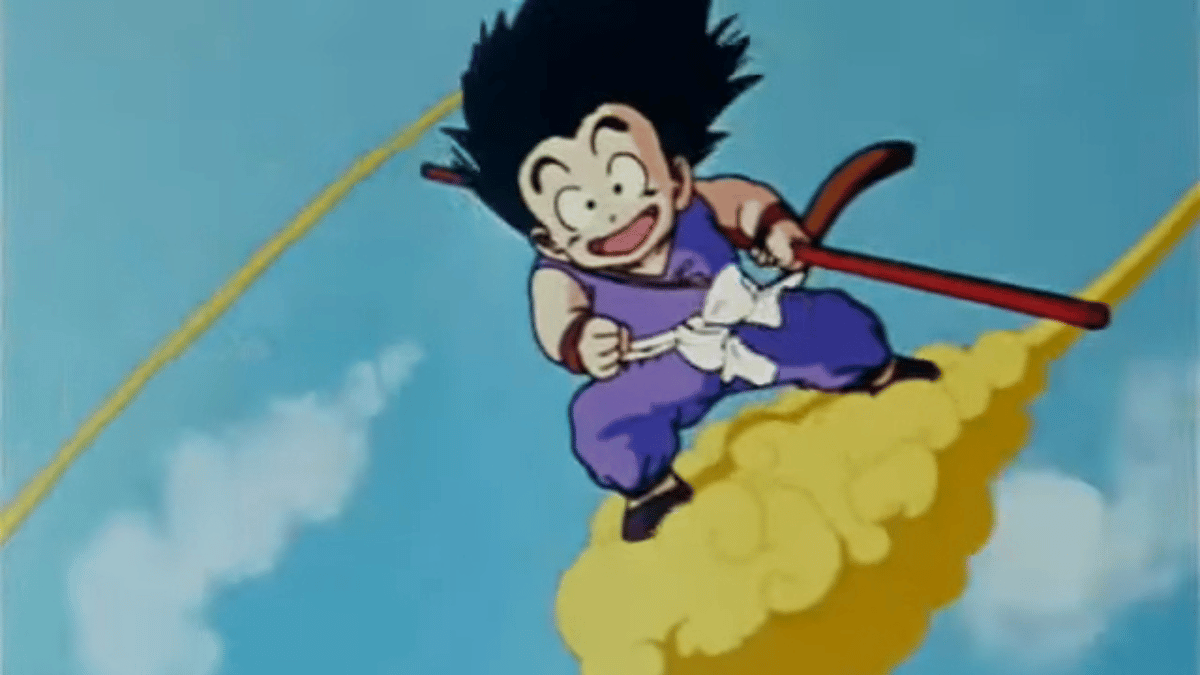
Akira Toriyama did something to push him over the hump, something that allowed him to demonstrate his love for martial art. And there comes the World Martial Arts Tournament.
That was the turning point for the series. It shifts the focus from comedy to action in Shonen’s manga. Dragon Ball is no longer chasing the shadow of the comedic masterpiece of Dr. Slump, and Dragon Ball is its own show now.
Dragon Ball Anime Adaptation
The anime of Dragon Ball started in 1986, and it has pushed the popularity of Dragon Ball to a whole new level, making Akira Toriyama extremely well-known in the nation of Japan.
Moving forward, the next big turning point for the series would be the time skip and the 23rd World Martial Arts Tournament. We no longer see the naive show Goku, who carries baby fire in his cheek. Instead, we have a more familiar and mature protagonist.
Dragon Ball Z kept getting better as the story moved forward. Whether it may be Vegeta versus Goku or Goku versus Frieza. However, the peak moment of Dragon Ball was when Goku turned into Super Saiyen for the first time. It is still the most iconic scene in the fiction genre.
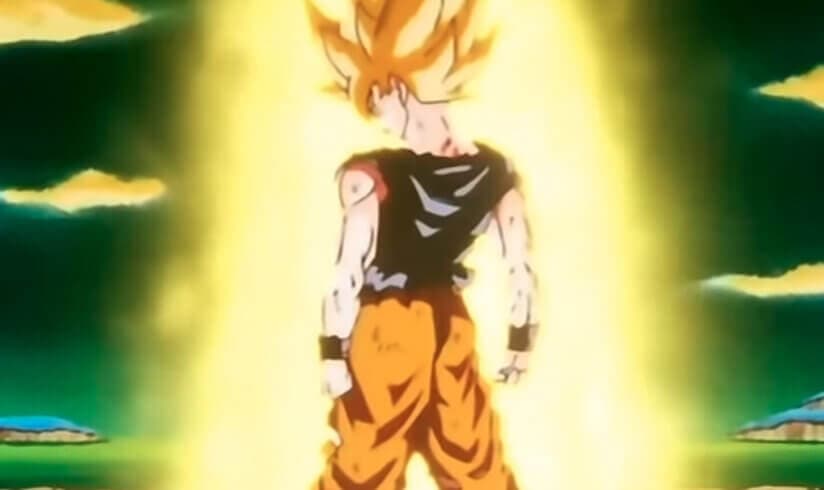
Toriyama Journry not as a Mangaka But as an Artist
Toriyama’s main success was his manga named Dr. Slump, which was his first big title that counted 230 chapters and became a massive hit in Japan. This series finished in 84’ and made room for the true goat, Dragon Ball. It became an instant success and caused shonen jump to get the highest sales ranking yet.
And although Toriyama’s popularity quickly grew, he has, in fact, a pretty shy personality that never intended to become so big. Hence, he prohibits taking pictures during his autograph events to keep his identity low-key.
On another note, he stated he was influenced by animator Toyoo Ashida, who directed the Vampire Hunter D anime, Plus his own anime adaptation of Dragon Ball, from which he learned that separating colors instead of blending them makes the art cleaner and color illustrations easier.
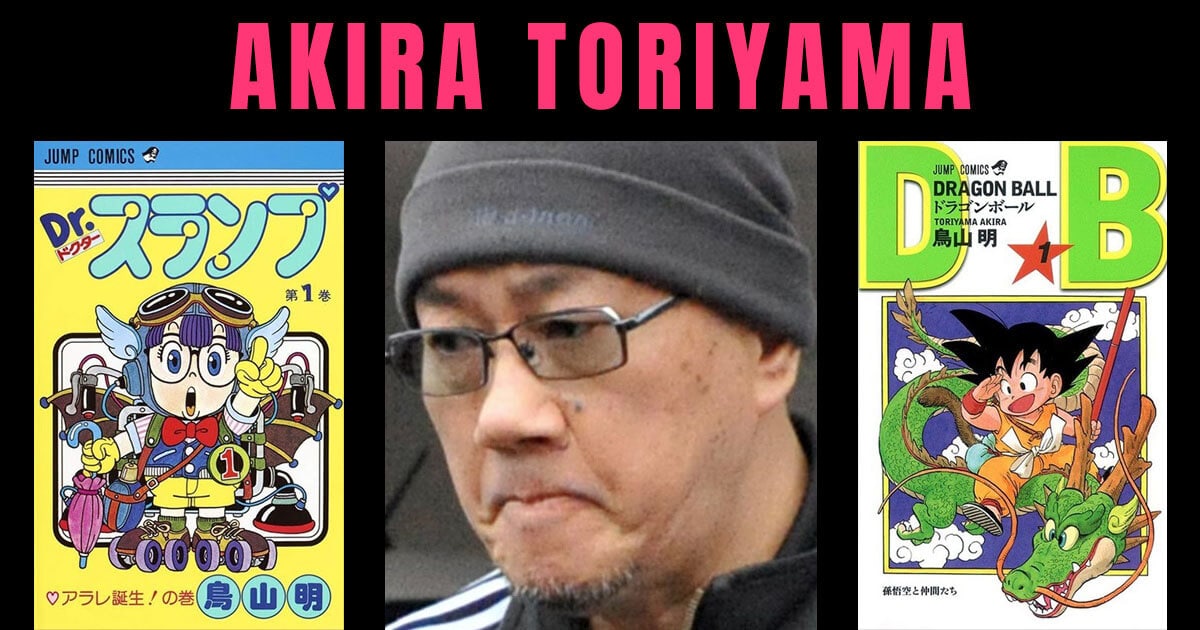
However, his success didn’t push him away from his passion and thus illustrated many one-shots, such as Mr. Ho, Lady Red, and little Mamejiro. During his career, he published dozens of chapters in Shonen Jump and published his own anthology book, Akira Toriyama’s Manga Theater. Furthermore, he was asked to design icon characters for magazines such as V Dragon, Ridon, and more.
In 89, Dragon Ball went to the next level and transformed into Z, which led his career to the worldwide stage. Nevertheless, it was finished in 95, and together with all his other projects, it put a lot of stress on him.
During the years, he had many sleepless nights, which affected him on a mental level to the point he lost a clear overview of detail, such as forgetting that he ever made Super Saiyan 2 by confusing it with three.
That aside, an interesting design choice was giving Goku golden blond hair to make the workload more doable in the manga. It goes without saying that many of his mangas were translated into anime. However, he only did some of the character designs and did not participate in the animation itself.
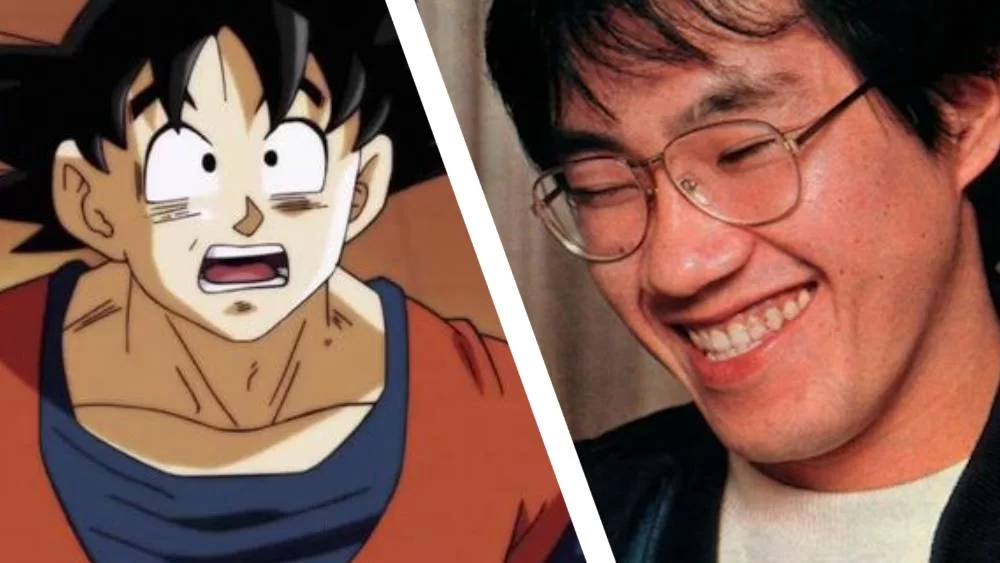
Toriyama in the Gaming Industry
Naturally, his talent was in high demand, and the game industry wanted a piece of it. In 86, he did character and monster design for the Dragon Quest series. While the Enix corporation got quite a chunk of the Toriyama pie, their rivals Squaresoft asked him to join their dream team to work on none other than Chrono Trigger, the best RPG ever created.
The game hit the Shelves in 95, and Toriyama created the majority of the aesthetics, including character, monster, vehicle, and the outlook of the environmental design for each timezone. The developmental team studied his illustrations to convert them as tight as possible into pixel art, and in my eyes, they nailed it.
A year later, he worked on Tobal 1 and 2. This was also the time Dragon Ball GT took center stage. It was a massive success, and everyone loved that Goku was turned into a kid, lost his powers, and battled unimportant characters after the climax of saving the universe.

In the period surrounding the millennium, he focused on Manga such as Cowa, Kajiki, and Sand Land. Also, because his art style was intensely memorable, he also did both album and book covers.
In the midst of the 2000s, he worked on Blue Dragon, which was a well-received game and quickly expanded with other installments such as Awakened Souls, and even added an anime to its repertoire.
As you probably already knew, he kept being the Dragon Quest character artist throughout his career, including Monster and vehicle designs in some of the entries.
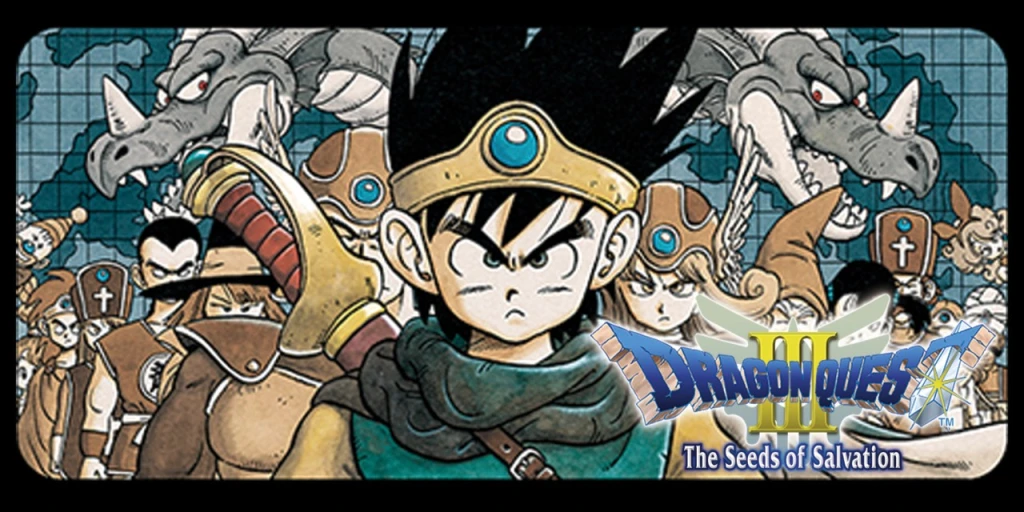
And especially in this series, you can see that he changed the coloring side of his art style. He went from a dark tone with hard edge highlights and shadows to more of a light-colored blend. In that, you see with copic markers.
This makes the illustrations more cartoony, which is a big difference in the overall tone of his works. In addition, his line art changed from the sharp ink pen to thicker marker lines, creating rounder edges and angles that represent more of his earlier works.
Most of his illustrations can be seen in the artbooks based on the big franchises and the vast amount of work he did in the past. That aside, Toriyama also did some miscellaneous work with highlights such as logos and car design.
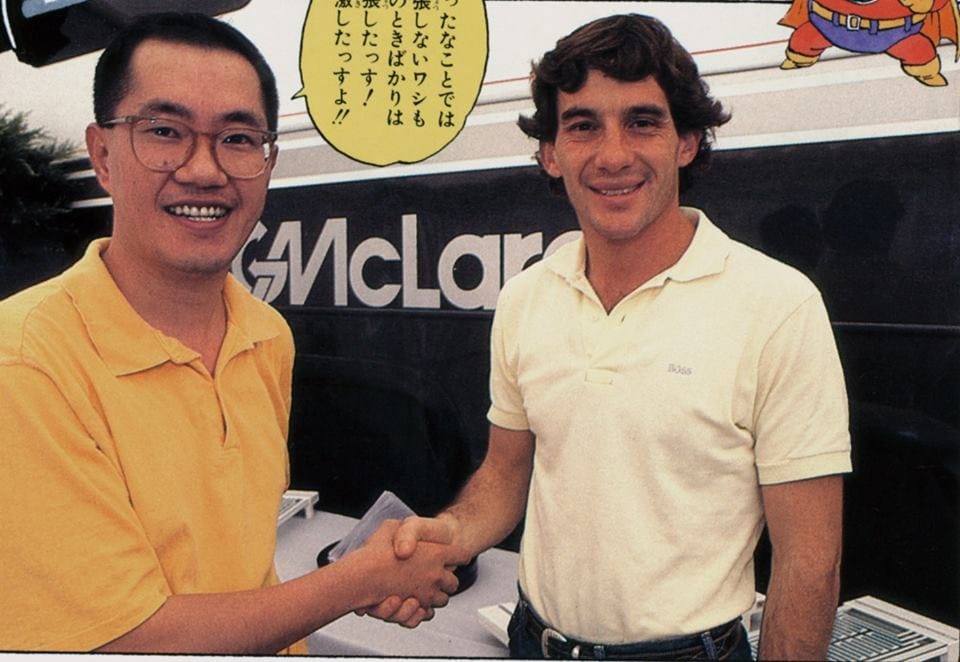
Dragon Ball Super
In the case of Dragon Ball Super, the manga began in 2015, and Toriyama decided to focus on the story writing and chose a successor for the artwork. He gave the scepter to the talented Toyotarou, who actually made his own doujinshi about the franchise named Dragon Ball Heroes.
As for the massive amount of Dragon Ball games that were created through the years, Toriyama mainly focused on add-in character designs such as Bonyu For Dragon Ball z Kakarot, Android 21 in Dragon Ball Fighter Z, Sharotto and Zhahna in legends and some original characters in Jump Force.
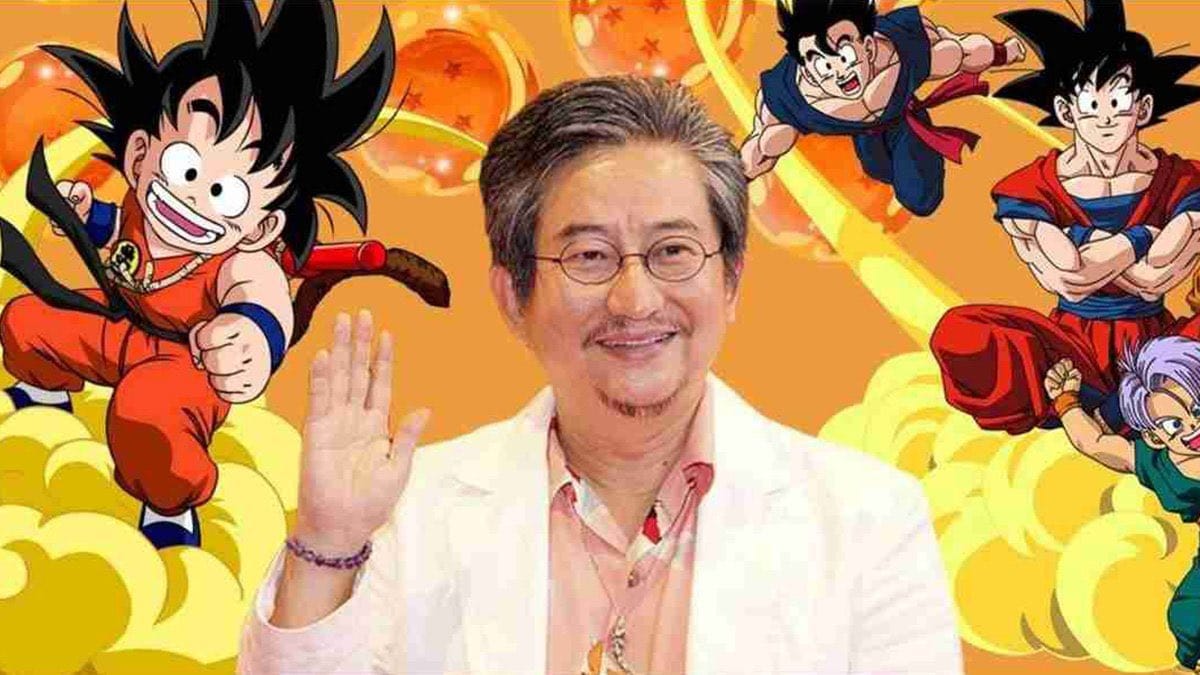
Indeed, it has to be said that through the years, Toriyama has loved to fuse characters. Well, with such an impressive career and accomplishments, who can blame him?
Toriyama is obsessed with Dragons and has worked on many titles that had either a name or a dragon-type monster in it.


